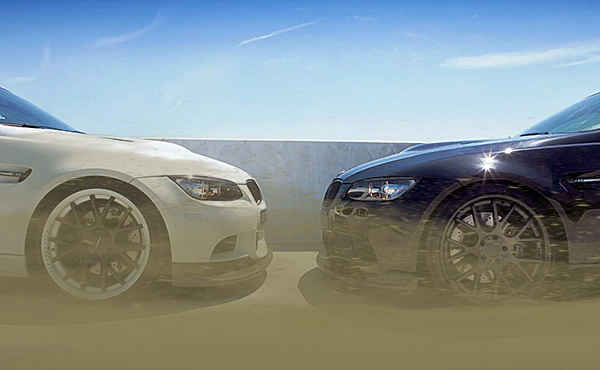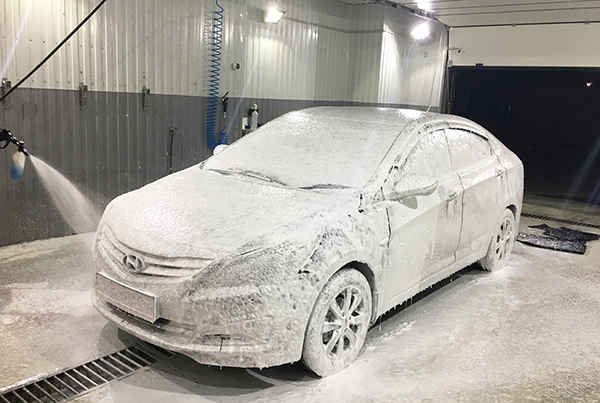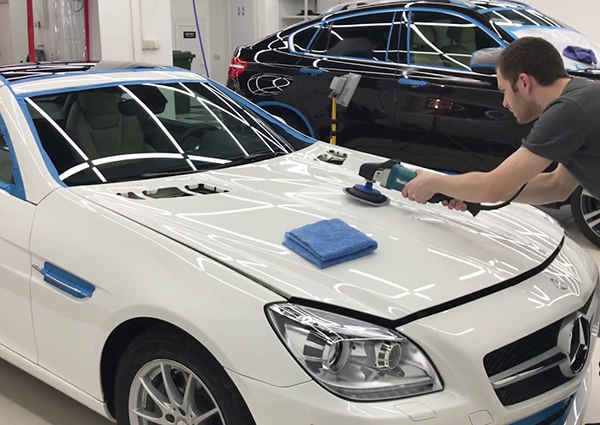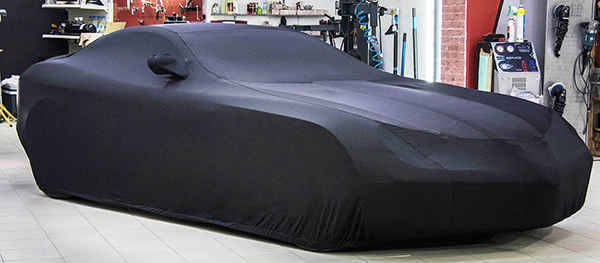What colour car gets dirty the easiest? Black or white?
Maintaining a car’s pristine appearance often depends on its color. Black and white are two of the most popular car colors, each with unique advantages and disadvantages in terms of showing dirt and grime.
Here’s an in-depth analysis of which color gets dirty the easiest, tips for managing cleanliness, examples, interesting facts, and recent news on automotive paint technology and trends.
Comparison of Black and White Cars in Terms of Dirt Visibility

- Black Cars
Dirt and Dust Visibility: Black cars are more prone to showing dirt, dust, and water spots. Even a slight layer of dust can make a black car appear dirty quickly. This is because the contrast between the dark surface and light-colored dirt is stark.
Scratches and Swirl Marks: Black paint highlights scratches and swirl marks more than lighter colors. Any minor imperfection stands out, especially under bright light conditions.
Examples:
Dusty Environment: Driving a black car in a dusty area results in a noticeable layer of dust that diminishes its shine.
Rain: After rain, dried water spots and streaks are highly visible on a black car, making it look unclean even after a short drive in wet conditions.
- White Cars
Dirt and Dust Visibility: While white cars tend to hide dust better, they show road grime, mud, and brake dust more prominently. However, light dirt and dust are less noticeable compared to black cars.
Scratches and Swirl Marks: White paint is more forgiving with minor scratches and swirl marks, which are less visible unless closely inspected.
Examples:
Muddy Roads: A white car traveling on muddy roads will exhibit mud splashes and road grime clearly.
Brake Dust: Brake dust accumulation on wheels and lower panels stands out more on white cars, requiring more frequent cleaning of these areas.
Tips for Managing Dirt on Black and White Cars

- Frequent Washing
Black Cars: Regular washing, at least once a week, helps maintain the clean appearance of a black car. Using high-quality car shampoo and microfiber cloths can prevent scratches during cleaning.
White Cars: White cars can go slightly longer between washes, but a bi-weekly wash is advisable to prevent the buildup of road grime and brake dust.

- Waxing and Sealing
Black Cars: Applying a good-quality wax or paint sealant every few months protects the paint and minimizes the visibility of water spots and scratches.
White Cars: Waxing white cars also helps protect the paint and makes cleaning easier by repelling dirt and grime.
- Parking Considerations
Black Cars: Parking in shaded areas or indoors can reduce dust accumulation and the risk of water spots from rain or dew.
White Cars: While less susceptible to visible dust, parking white cars in garages or covered areas helps prevent road grime and other contaminants from accumulating.
Additional Tips for Car Maintenance

- Use of Car Covers:
Using car covers when parking outdoors can protect both black and white cars from dust, bird droppings, and tree sap.
- Detailing Services:
Periodic professional detailing can help maintain the paint’s integrity and shine, particularly for black cars.
- Ceramic Coatings:
Applying ceramic coatings can provide an extra layer of protection, making the surface hydrophobic and easier to clean for both black and white cars.
Interesting Facts

Heat Absorption:
Black cars absorb more heat than white cars, making them hotter to touch and sit in during summer. This can also cause dirt to bake onto the surface, making it harder to clean.
Sales Trends:
White cars are currently more popular than black cars in the U.S., partly because they are perceived as easier to maintain in terms of cleanliness.
Resale Value:
Both black and white cars have good resale values, but white cars tend to have a slight edge due to their lower maintenance requirements and ability to hide minor imperfections.
Recent News and Advances in Automotive Paint Technology

Self-Cleaning Coatings:
Recent advancements in automotive paint technology have introduced self-cleaning coatings that repel dirt and water. These coatings are particularly beneficial for black cars, which show dirt more readily.
Eco-Friendly Paint Options:
The automotive industry is shifting towards eco-friendly paint options that not only look great but are also easier to maintain. These paints reduce the frequency of washing, conserving water and reducing the environmental impact.
UV-Protective Paints:
UV-protective paints are becoming more common, helping to reduce the fading and damage caused by sun exposure, which is especially beneficial for darker-colored vehicles.
Both black and white cars have their challenges when it comes to showing dirt.
- Black cars show dust and scratches more easily, requiring frequent cleaning and careful maintenance.
- White cars, while better at hiding dust, show mud and grime more prominently but are more forgiving with minor scratches.
Regardless of the color, regular washing, waxing, and smart parking choices can help keep your car looking clean and well-maintained.
Advances in paint technology and eco-friendly options are also making it easier to maintain a pristine appearance, no matter the color of your car.












